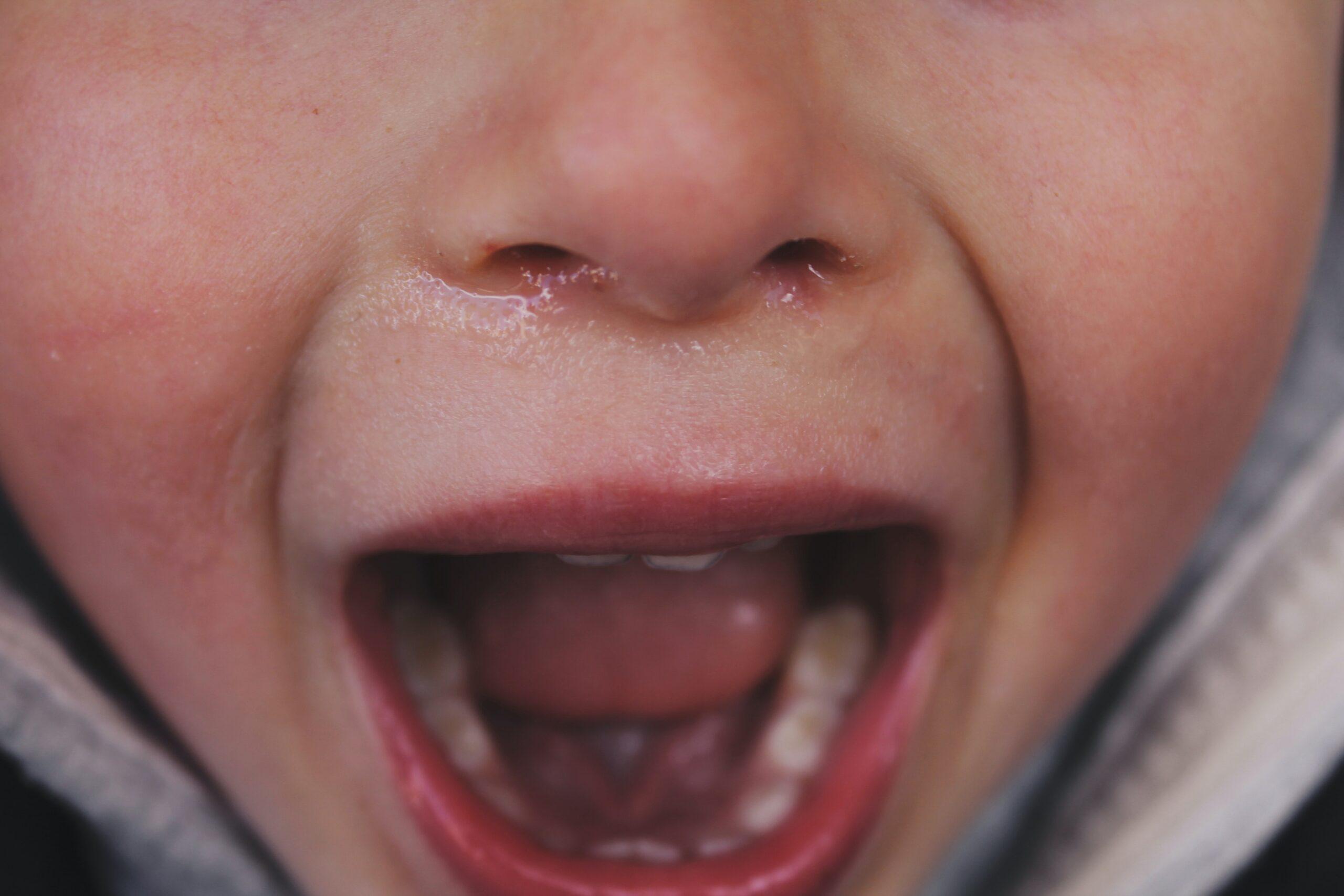Its important to give children, especially toddlers, the correct information about crying. We need to let our children know it is okay to cry and recognize that there are benefits to tantrums.
Accepting a crying child increases the childs self-esteem. Children who cry as needed are often better learners, and after a crying session or a tantrum, toddlers usually become more pleasant. Its true that a long cry or temper tantrum is not very agreeable to adults. They can be difficult and draining for everyone involved. However, after a good cry or tantrum, children are typically happy, relaxed, cooperative, and easy going. The transformation can be dramatic. The toddler who was previously moody or inflexible becomes a delight.
Young children need to release tension, and temper tantrums are a way to help them ease stress. They allow your toddler to let go of emotions at a stage when language skills and the ability to self-modulate have not been fully developed. There is a lot of energy exploding in the midst of a tantrum, so be very careful. Sometimes children appreciate a comforting hug after it has passed, and other times they dont want to be touched. It is important to respect the needs of the child.
During a tantrum, stay right beside your toddler and pay close attention. Help your child through the situation by fostering an emotionally and physically safe space for tears and tantrums. Pat her back and give her a reassuring hug if she lets you. Let her know you are there for her with phrases such as, Crying makes you feel better, Its okay to cry, Im right here, and Ill stay with you while you cry.
For a child who frequently cries or has tantrums, provide support when shes not crying or expressing her temper by using the following tips:
- Give the child plenty of physical closeness. Pat, hold, hug, hum to, sing with, gently cuddle, and smile at her.
- Be present and available.
- Give the child plenty of deliberate attention. Look into her eyes and at her face to let her know you are there. Take your time when bonding.
- Listen intently when the child talks. Wait for her to speak and look at her face while doing so. Dont ask too many questions or interrupt. Repeat what the child says back to her and let the child lead the way.
Sometimes, theres a specific trigger for crying or a tantrum, like tiredness, hunger, frustration, a sensory issue, being too hot or cold, a transition or interruption, etc. Other times, stress has been slowly building, and the trigger is just what causes the outburst at that moment. When a child needs to release tension, a temper tantrum enables her to do that.
Let go of your own feelings about a child crying or having a temper tantrum. We dont need to control children; we need to control our own feelings and our own behavior. We are here to guide our kids and to be with them.
As a caring and loving parent, you can support your child and enable her to feel and be safe while she releases what she needs to release. Try to accept the oncoming tantrum next time it starts. You and your child might just be relieved that you did!


